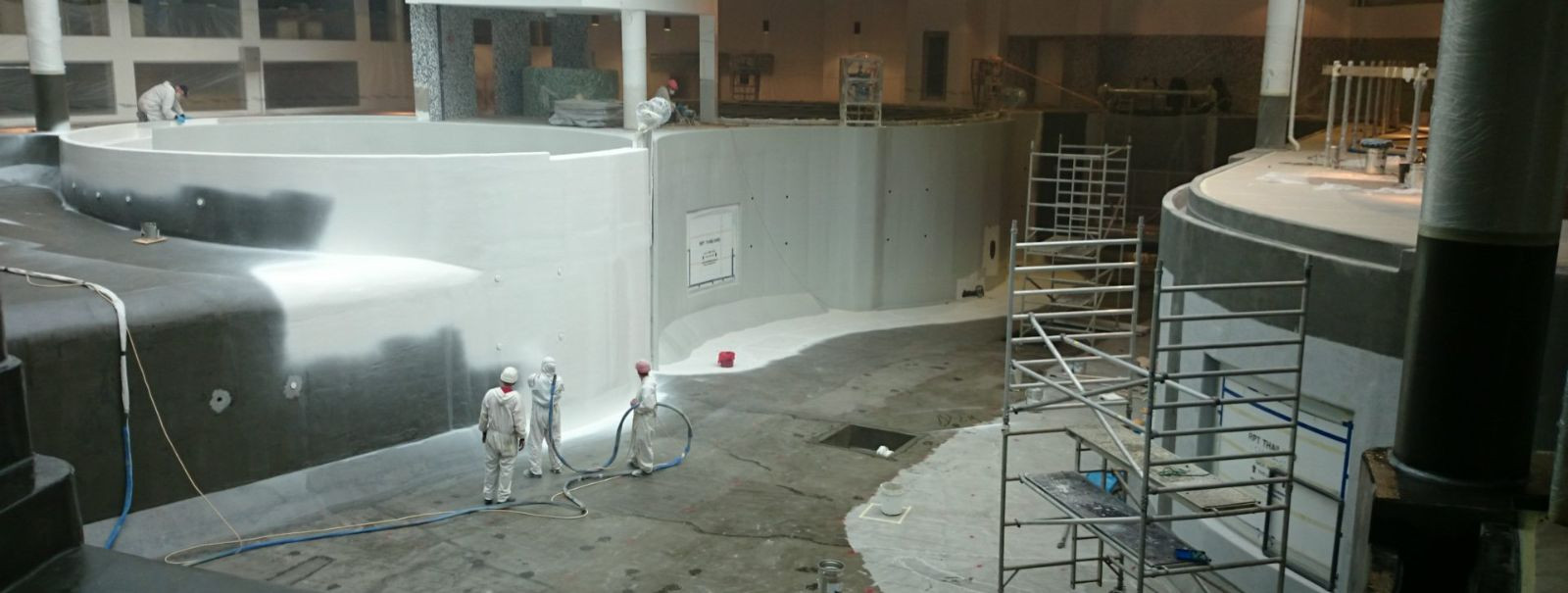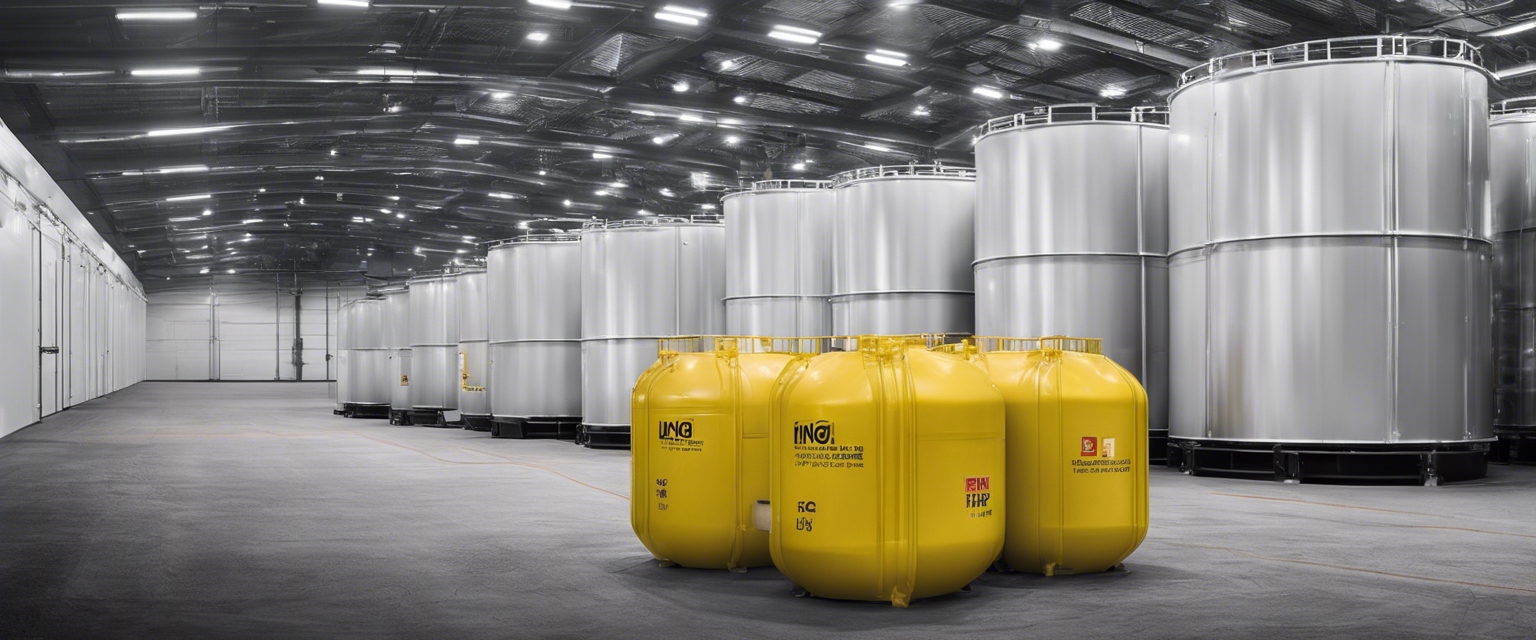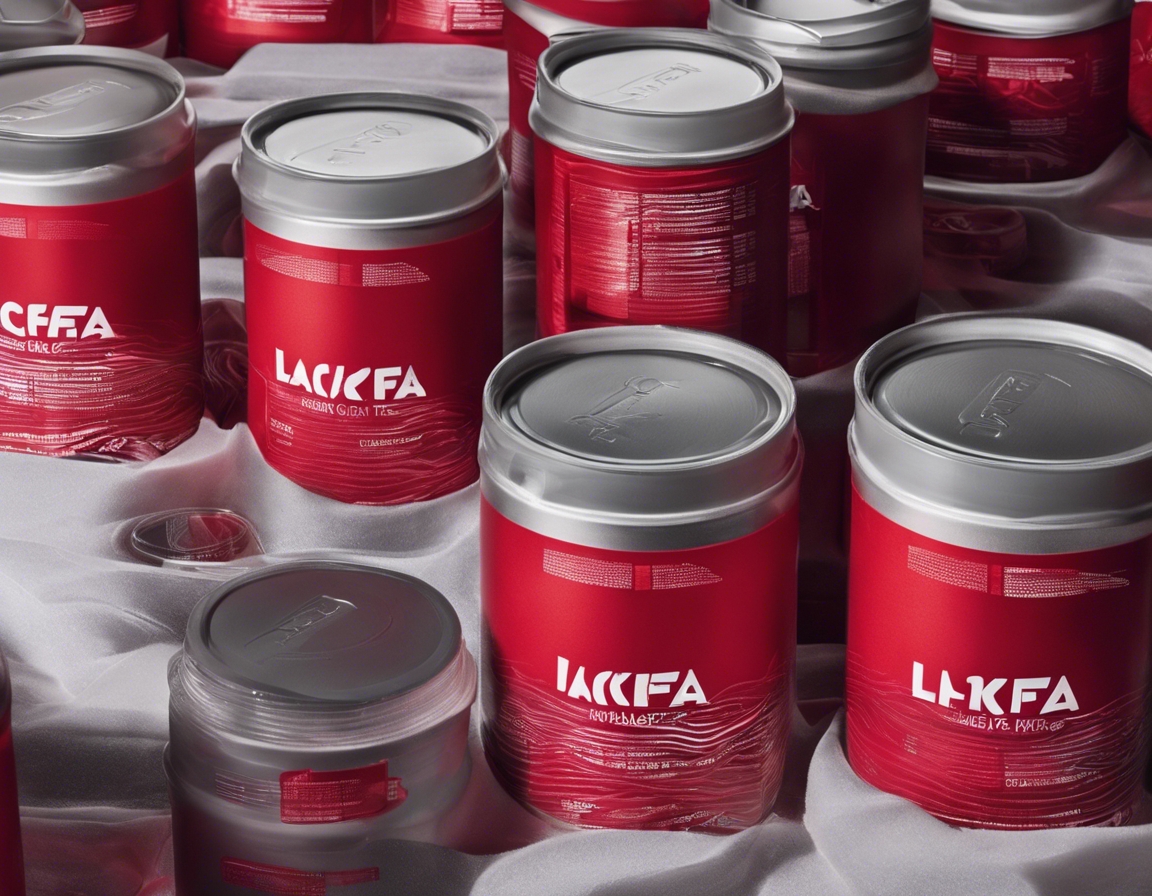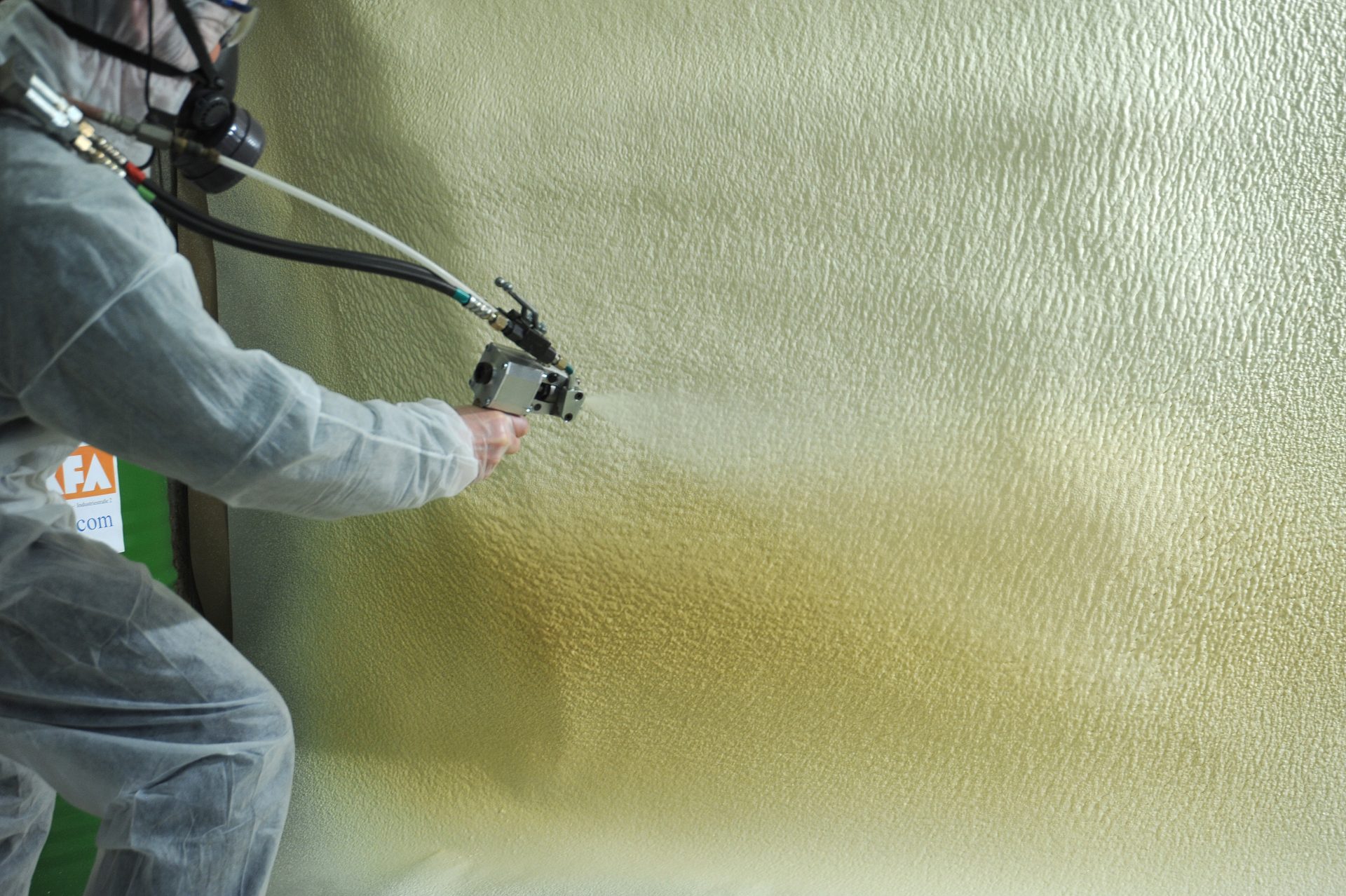The future of insulation: advancements in pur foam technology
Polyurethane (PUR) foam is a versatile insulation material widely recognized for its excellent thermal properties, strength, and durability. It has become a staple in various industries, offering a range of applications from maritime to construction. In this post, we delve into the future of insulation, focusing on the latest advancements in PUR foam technology that are set to redefine industry standards.
PUR foam is a synthetic polymer known for its exceptional insulation capabilities. It is currently used in a multitude of settings, including refrigeration, roofing, walls, and even in the hulls of ships for thermal insulation and buoyancy.
The inherent properties of PUR foam, such as its high R-value per inch, make it an ideal insulator. It is also moisture-resistant, which prevents mold growth and contributes to a healthier environment. Its lightweight nature and ease of installation have made it a preferred choice for many industry professionals.
Technological Advancements in PUR Foam
Researchers are continuously working on enhancing the chemical composition of PUR foam to increase its insulation performance and environmental friendliness. Recent developments include the reduction of volatile organic compounds (VOCs) and the incorporation of more sustainable raw materials.
Advancements in application technology have led to more efficient and precise installation methods. Innovations such as spray robotics and improved nozzle designs are ensuring that PUR foam is applied with greater uniformity and reduced waste.
Smart technology integration allows for real-time monitoring of insulation performance. Sensors embedded within PUR foam can detect and relay information on temperature, humidity, and structural integrity, enabling proactive maintenance and energy management.
Impact on the Maritime Industry
In the maritime industry, the enhanced properties of advanced PUR foam provide superior protection against harsh sea conditions, improving the longevity of vessels and offshore structures. This translates to less frequent repairs and lower maintenance costs.
With improved insulation properties, maritime vessels can achieve better energy efficiency, leading to reduced operational costs. The lightweight nature of PUR foam also contributes to lower fuel consumption, making it an economically attractive option.
Advantages for Construction and Infrastructure
For construction and infrastructure, the high thermal resistance of PUR foam means significant energy savings over time. This is particularly important in regions with extreme weather conditions, where maintaining indoor temperatures can be costly.
As the construction industry moves towards more sustainable practices, PUR foam is evolving to meet green building standards. This includes lower global warming potential (GWP) and better end-of-life recyclability, aligning with the industry's environmental goals.
Future Trends in PUR Foam Insulation
The push for sustainability is driving the development of biobased PUR foams, which use renewable resources as raw materials. Additionally, efforts are being made to enhance the recyclability of PUR foam to minimize its impact on the environment.
Future PUR foam products are expected to be highly customizable, catering to specific industry needs. This includes foams with tailored densities, compressive strengths, and thermal conductivities for specialized applications.








Comments (0)